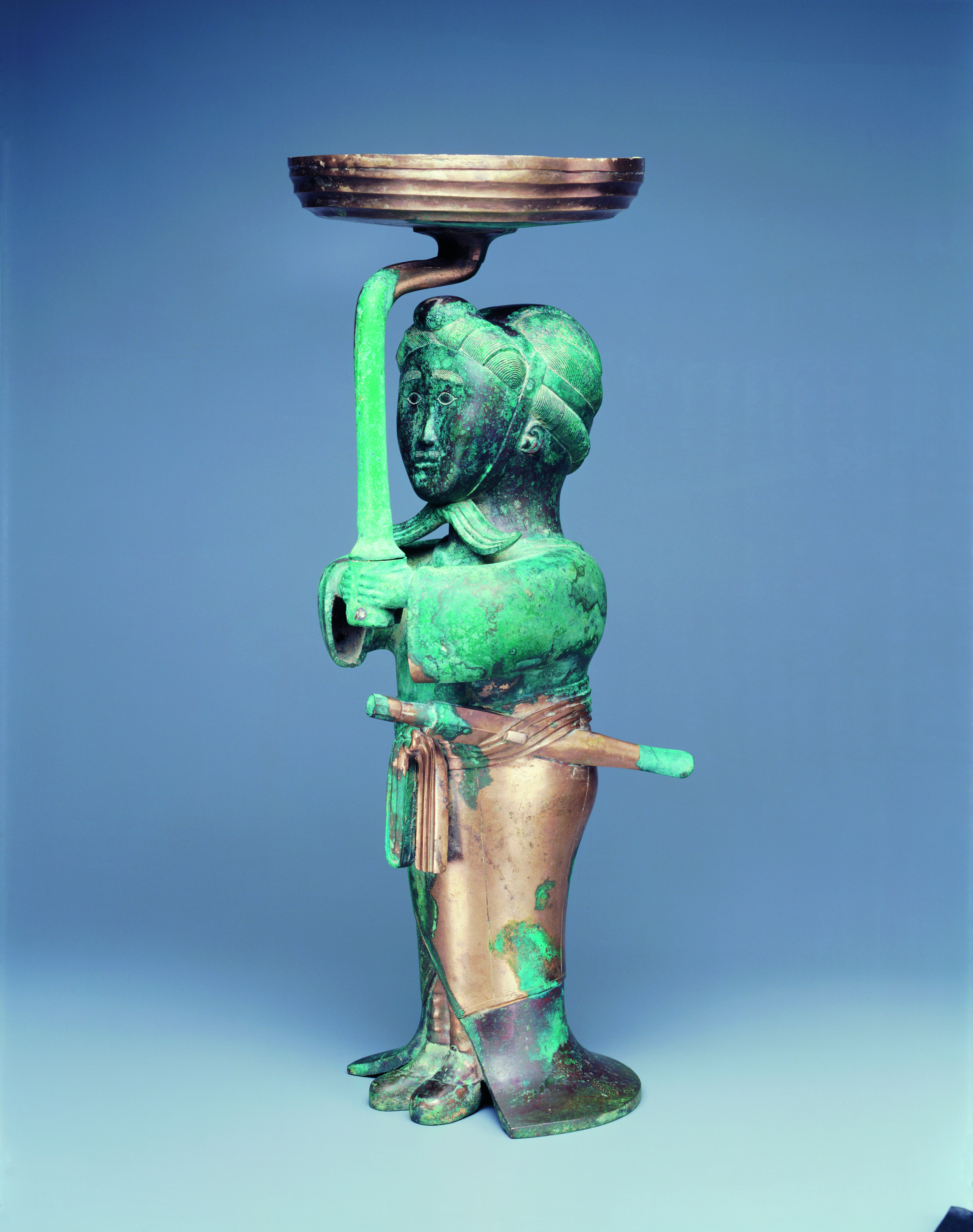Celebrating the Career of Cary Y. Liu: Curator, Teacher, Scholar, Mentor
 Cary Y. Liu, the Nancy and Peter Lee Curator of Asian Art, retired from the Museum at the end of February after a distinguished thirty-three-year career. A specialist in Chinese architectural history and art history, holding BA, MArch, and PhD degrees from Princeton University, Cary began at the Museum in 1992 on the monumental project of documenting the John B. Elliott Collection of Chinese Painting and Calligraphy. Since then, he has worked on more than forty exhibitions, among them the groundbreaking Recarving China’s Past: Art, Archaeology, and Architecture of the “Wu Family Shrines” (2005); Outside In: Chinese × American × Contemporary Art (2009); and Sacred Caves of the Silk Road: Ways of Knowing and Re-creating Dunhuang (2015). His publications have covered subjects ranging from concepts of architectural space in historical Chinese thought to the Yuanming Yuan imperial garden-palace.
Cary Y. Liu, the Nancy and Peter Lee Curator of Asian Art, retired from the Museum at the end of February after a distinguished thirty-three-year career. A specialist in Chinese architectural history and art history, holding BA, MArch, and PhD degrees from Princeton University, Cary began at the Museum in 1992 on the monumental project of documenting the John B. Elliott Collection of Chinese Painting and Calligraphy. Since then, he has worked on more than forty exhibitions, among them the groundbreaking Recarving China’s Past: Art, Archaeology, and Architecture of the “Wu Family Shrines” (2005); Outside In: Chinese × American × Contemporary Art (2009); and Sacred Caves of the Silk Road: Ways of Knowing and Re-creating Dunhuang (2015). His publications have covered subjects ranging from concepts of architectural space in historical Chinese thought to the Yuanming Yuan imperial garden-palace.
Chinese, mid Warring States period to early Western Han dynasty (ca. 470–221 BCE), Sword-bearer lamp, 4th–2nd century BCE. Bronze with cast and engraved designs, 33.8 × 13.5 × 13 cm. Princeton University Art Museum. Museum purchase, Fowler McCormick, Class of 1921, Fund. Photo by Bruce M. White
Overseeing tremendous growth in Asian art at the Museum, Cary has been a devoted and judicious collections builder who has brought renown to the collection in this country and abroad.
Cary has also taught and lectured extensively and mentored dozens of graduate and undergraduate students. His Shanghai course, taught with Esther da Costa Meyer, was a particularly popular offering. He was a remarkable adviser to students interested in pursuing curatorial careers, providing early training to Asian curators at institutions across the country. Cary campaigned successfully for a second curatorial position in Asian art more than fifteen years ago. The first to hold the position, Sinéad Vilbar, is currently curator of Japanese art at the Cleveland Museum of Art. The second, Xiaojin Wu, is now the Luther W. Brady Curator of Japanese Art at the Philadelphia Museum of Art. His last mentee in this role, Zoe S. Kwok, is now the Museum’s Nancy and Peter Lee Associate Curator of Asian Art. Moreover, Cary has been a steadfast colleague, serving on the P. Y. and Kinmay W. Tang Center for East Asian Art’s executive committee since its founding in 2001.
His colleagues in East Asian art fondly reflect on working with Cary: “Cary has been a constant in many people’s Princeton lives, including mine,” comments Andy Watsky, the P. Y. and Kinmay W. Tang Professor of Chinese and Japanese Art and Archaeology. “As East Asian art history graduate students in the 1980s, Cary and I took seminars together, and I came to know him as a rigorous thinker and generous colleague. One of the great attractions for me in returning to Princeton to teach in 2008 was the chance to collaborate with Cary, and it has been a joy to work with him on many projects in the Museum, with our students, and to share meals and travels.”
Deputy Director of the Tang Center Dora Ching recalls, “‘Research can be endless; work with what you have and present it well.’ Cary offered this advice to me when I needed it most as a first-year graduate student. Little did I know that Cary, always with a witty sense of humor, would continue to share invaluable insights, both practical and intellectual. His legacy of acquisitions, exhibitions, and publications speaks volumes, but to many, most impressive and heartwarming is his generosity as a mentor, colleague, collaborator, and friend.”
Cover of Recarving China’s Past: Art, Archaeology, and Architecture of the “Wu Family Shrines” (Princeton University Art Museum, 2005)

